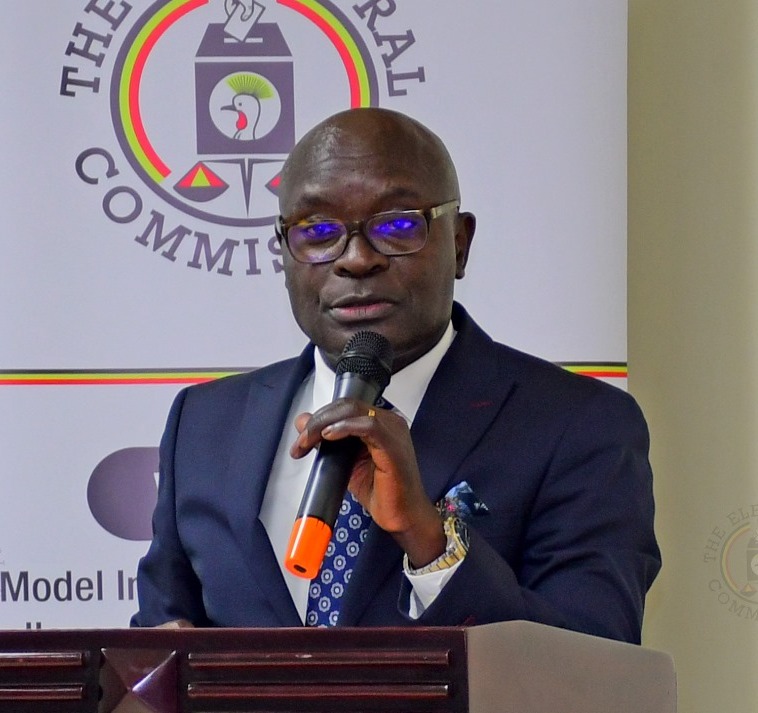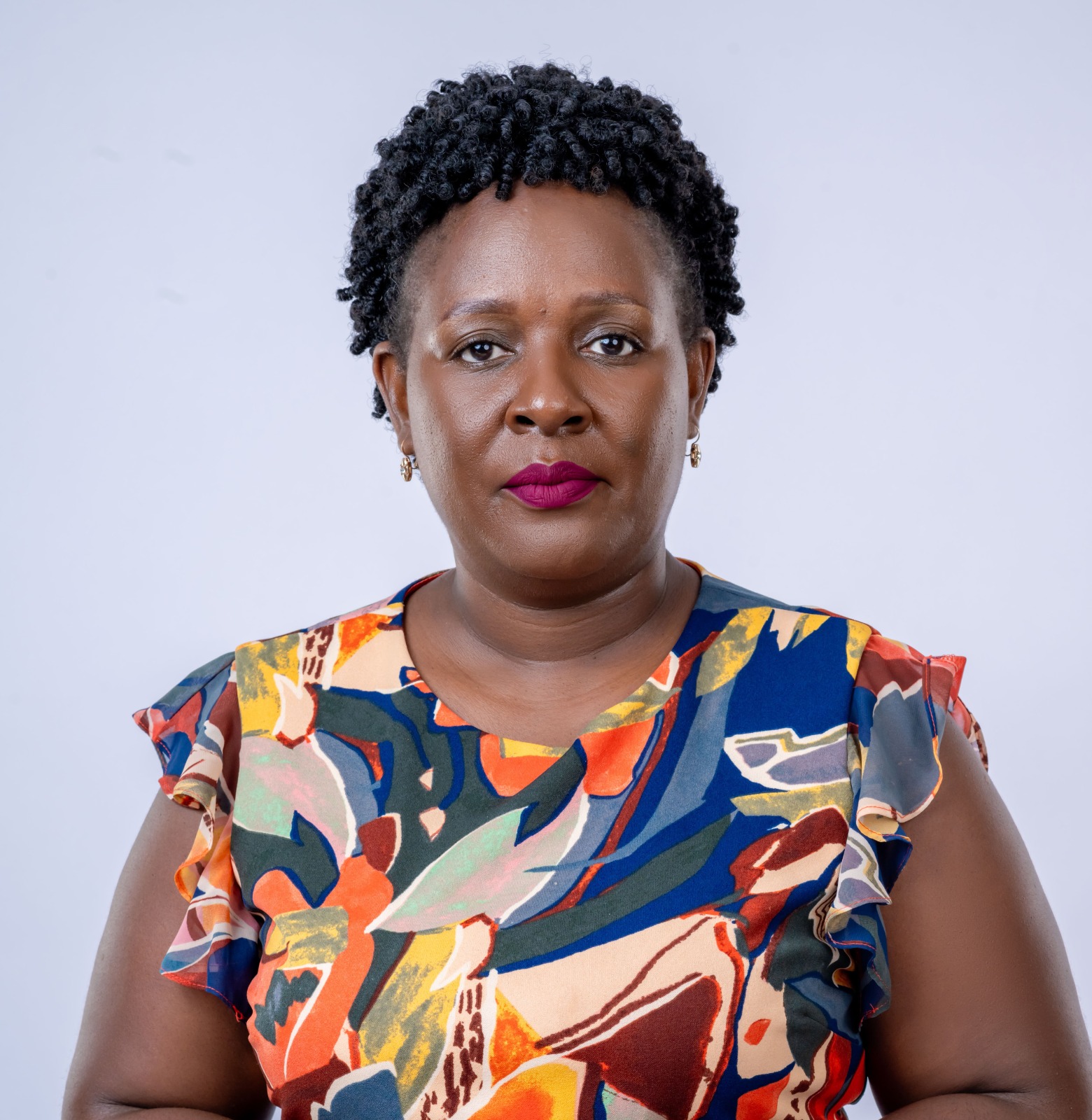HILDA NSIMIIRE: Lower power tariffs for rural people to benefit from Electricity Access Scale-Up Project
The EASP project is a five-year project supported by the World Bank with a funding of $638m (about 2.4 trillion) to connect over 1.3 million rural households to the national power grid.

In the first week of February 2024, the government of Uganda through the Minister of Energy and Mineral Development, Ms. Ruth Nankabirwa and the deputy speaker of Parliament, Mr. Thomas Tayebwa officially launched a new government programme, Electricity Access Scale Up Project (EASP) in Mitooma district.
The EASP project is a five-year project supported by the World Bank with a funding of $638m (about 2.4 trillion) to connect over 1.3 million rural households to the national power grid.
During the launch of EASP programme, Ms. Ruth Nankabirwa expressed optimism that by 2030, all Ugandans will have access to electricity as a result of EASP.
The minister’s assurance left some Ugandans doubting to whether it will be possible to have all Ugandans accessing electricity, provided that connectivity does not guarantee accessibility, what matters is affordability which is a challenge to most Ugandans.
In Uganda, energy access is dire, about 80% of the population lives in rural areas and only 7% have access to electricity, the rest are forced to rely on firewood, charcoal, and paraffin for their daily energy needs which not only contributes to deforestation but also poses serious health risks due to indoor air pollution.
In 2022, the National Environment Management Authority reported that ‘Uganda suffers a degradation loss of USD 2.3 Billion, of which 25% is wood fuels and that 2.6% of Uganda’s forests are cut down annually for firewood, charcoal, agriculture and to make way for population growth and that if the trend persists, Uganda will lose all its forest cover in less than 25 years’.
The research by the World Health Organization (WHO) estimates that 4.2 million people die from exposure to outdoor air pollution, in addition to the 3.8 million whose deaths are linked to household smoke produced by dirty stoves and fuels.
To a larger extent, people shouldn’t be dying from exposure to outdoor air pollution and household smoke because Uganda as a country has big hydro dams including Karuma and Isimba that could be enabling Ugandans to access affordable and reliable grid power. However, it has failed to construct transmission and distribution networks to evacuate power from dams to power consumers.
Failure to evacuate power from dams has limited most Ugandans’ access to the available power because of the high power tariffs that are imposed on electricity making it very expensive. A few that have access, use it sparingly for lighting and charging, they cannot use it to do the cooking because it is costly and unreliable.
It is therefore imperative for the government of Uganda to lower power tariffs imposed on electricity if it wants to meet its goal of having all Ugandans accessing electricity by 2030. The reduction of power tariffs will not only enable sustainable energy access but also lead to the achievement of other Sustainable Development Goals (SDGs) including SDG 3 which calls for good health and well-being, and SDG 13 which calls for climate action.
hildansimiire@gmail.com







